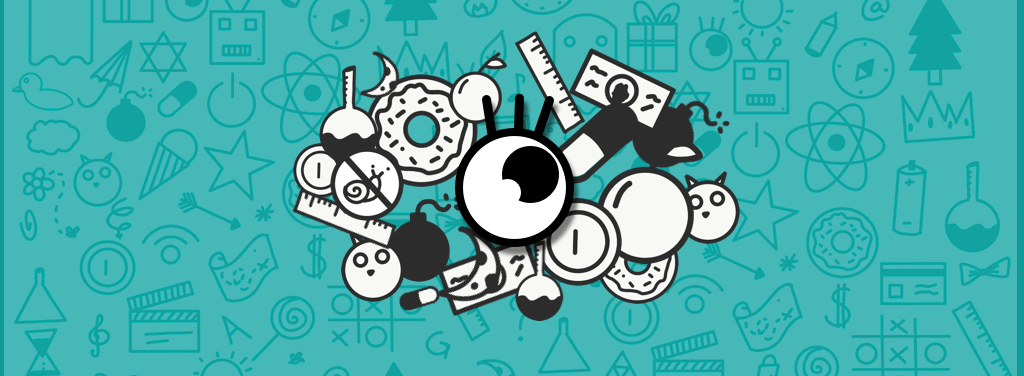

In order to create an appearance of a smooth edge, Photoshop has a setting you can use called ‘anti-aliasing’. We can see the pixel squares in the enlarged object below.Īs Photoshop is pixel based, it makes drawing curved lines difficult as you will end up with jagged edges. if you were to enlarge your artwork it will become pixelated. As Photoshop images are made up of pixels, you have to be careful when you’re resizing your artwork as it will change the quality of the image e.g. If you were to zoom right in on a raster image you would be able to see these squares which look much like squares on a grid.

This means it divides up your image into tiny squares. The biggest and most obvious difference between Illustrator and Photoshop is that Photoshop is a raster program and Illustrator is a vector program.Īs Photoshop is a raster program it is based on pixels. Many designers have a preference for one or the other but by being able to use the best of both programs you will give yourself more options when you’re creating your designs. There are benefits to using both Photoshop and Illustrator for your surface pattern designs. Illustrator or Photoshop For Your Surface Pattern Designs? So which should you use? What are the differences? Which is better? Let’s answer those questions by looking at Illustrator or Photoshop for your surface pattern designs. In the image above, the green text dots displaying “0.3” mean the regions near those dots will be stretched by 0.3% (3/1000) when mapped to 3D.When it comes to designing surface pattern designs, there are 2 main computer programs that are used, Illustrator and Photoshop.

The number in the text dot is the percent stretching change in length. Up to ten text dots mark the locations with the most dramatic deformation. The percentages in the parenthesis give you an estimate of how much of the pattern will be compressed or stretched. Stretching means the material will be stretched when the 2D pattern is deformed into the 3D shape. Here compression means the material will be compressed when the 2D pattern is deformed into the 3D shape. Stretching: average=0.07%, maximum=0.28% (in 35% of the surface)

The Squish command marks areas of compression (red point cloud) and stretching (green point cloud) and displays statistics about the amount of compression or stretch.Ĭompression: average=0.04%, maximum=0.11% (in 44% of the surface) The Squish command flattens a non-developable (curved in two directions) 3-D mesh or NURBS surface into a flat 2D pattern.


 0 kommentar(er)
0 kommentar(er)
